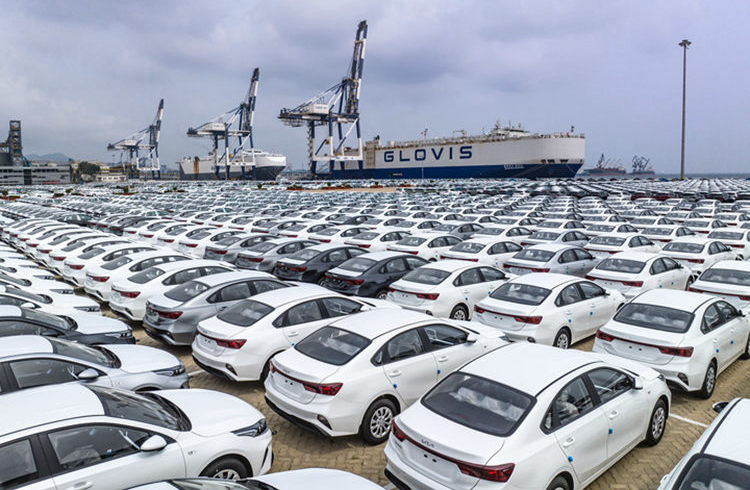
China's second-hand vehicles export business has only been launched for more than three years, but the export scale has grown year by year, the export models have become increasingly diverse, and the export unit price has also continued to increase. But what many people don’t know is that compared to fuel vehicles, the export of second-hand electric vehicles is more popular.
According to statistics, about 80% of used cars exported from China are electric vehicles. Countries or regions such as Central Asia, the Middle East, and South America have increased demand for new energy vehicles. Electric vehicle exports have grown rapidly and have become the leading model for second-hand vehicle exports. According to data from the China Automobile Dealers Association, in the first half of 2022, second-hand electric vehicles accounted for more than 90% of the second-hand cars exported from Taizhou and Tianjin.
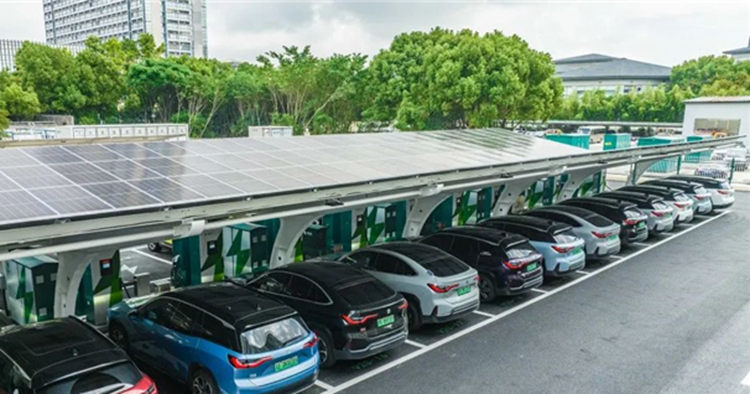
Compared with Japanese, Korean and German brands, Chinese fuel vehicles do not have obvious advantages in the international market. However, the rapid development of China's new energy vehicles has been obvious to all in recent years. It is ranked first in the world in terms of industry scale and technical level. The development of electric vehicles in China is too fast. The electric vehicles that domestic consumers can now enjoy are very advanced, with fast product iteration, advanced technology, and high driving range. Even products that have been eliminated in the Chinese market are still in use. There are also relatively advanced products in some overseas markets. "
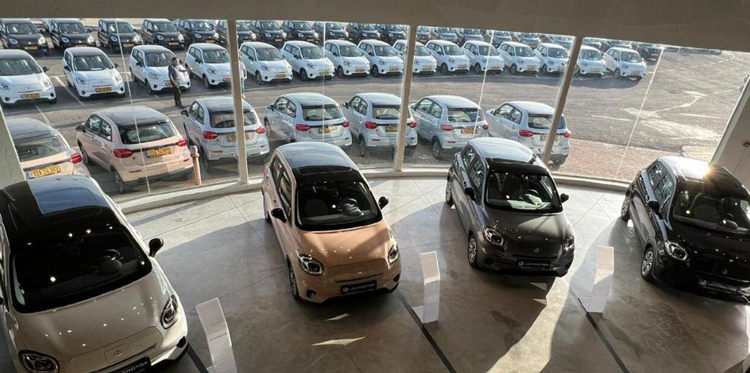
China's advantages in electric vehicle technology and industrial chain have driven the growth of exports of electric vehicles and second-hand electric vehicles. BYD's key components of the three-electric system, including blade batteries and lithium iron phosphate batteries, are in a leading position internationally. Moreover, Chinese electric vehicles are also relatively advanced in appearance design, and their interiors are more luxurious than previous similar fuel vehicles. The model has been greatly improved. Compared with Tesla, China's electric vehicles have considerable cost-effectiveness advantages and are very competitive internationally.
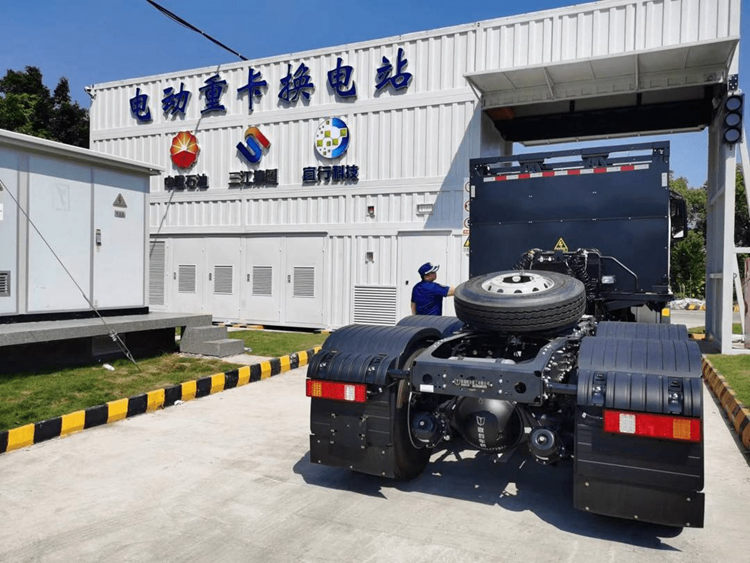
At present, the second-hand electric vehicles exported from China are all near-new and relatively new. On the one hand, second-hand electric vehicles are an emerging industry that has developed in China in recent years. Second-hand electric vehicles purchased by Chinese consumers have generally not yet entered the replacement cycle, and the supply is insufficient. On the other hand, with its advanced technology and high cost performance, the demand for Chinese electric vehicles in the international market is gradually increasing, and foreign customers are demanding new or nearly new cars. When supply exceeds demand, many second-hand car export companies choose to purchase new cars and transfer them to second-hand cars for export. Such new cars account for a considerable proportion of second-hand electric car exports.
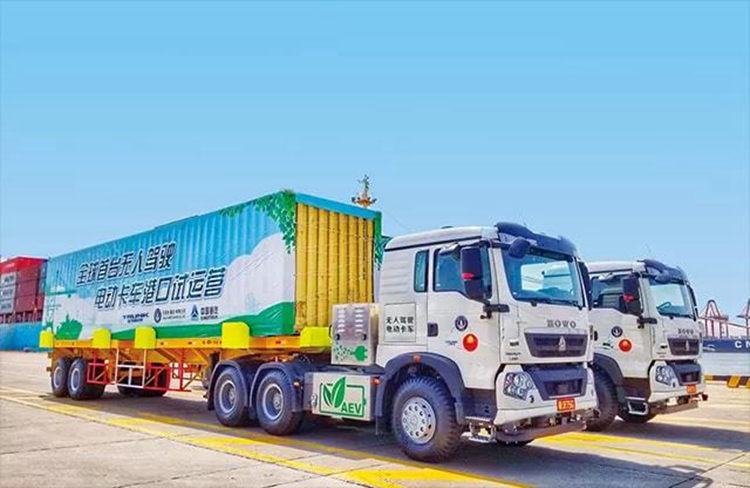
In terms of models, in the European market, many users do not favor cost-effective models such as A-class, A0, and A00-class, but rather luxury models such as B-class and C-class. In terms of brands, in the European market, electric car brands such as BYD, Ideal, NIO, Xpeng, and Hongqi have attracted much attention. "Rough statistics show that our target customer groups are mostly business executives, urban elites, and electric vehicle enthusiasts," said a Hongqi dealer in Europe.
According to industry insiders, Europe, the Middle East, and Central Asia are currently China's main export destinations for second-hand electric vehicles. It is expected that demand in these regions will remain strong in the next 5-10 years, while Southeast Asia and South America are potential markets that need to be developed.
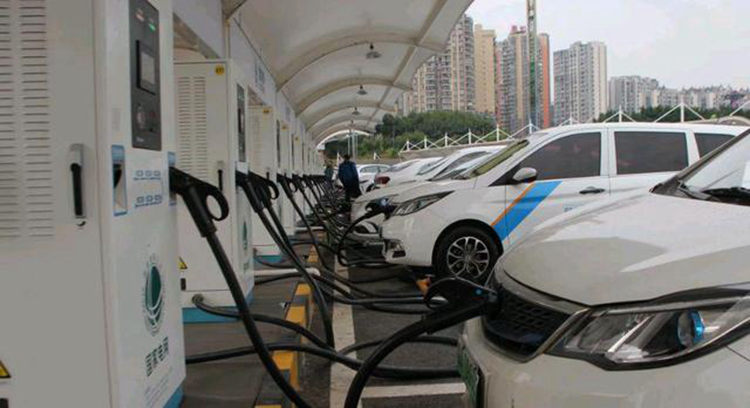
The development of the automobile industry is going through a stage of transformation from traditional powered vehicles to electric vehicles. Environmental protection, energy conservation and emission reduction have become a global consensus. Many countries are studying and formulating a ban on the sale of fuel vehicles, especially many European countries that have very strict emission requirements, which provides good conditions for the entry of second-hand electric vehicles. Many Southeast Asian countries are economically underdeveloped, and the current price of electricity is still higher than the price of oil. Naturally, it is difficult for electric vehicles to gain sufficient development space, but they have unlimited potential in the future.
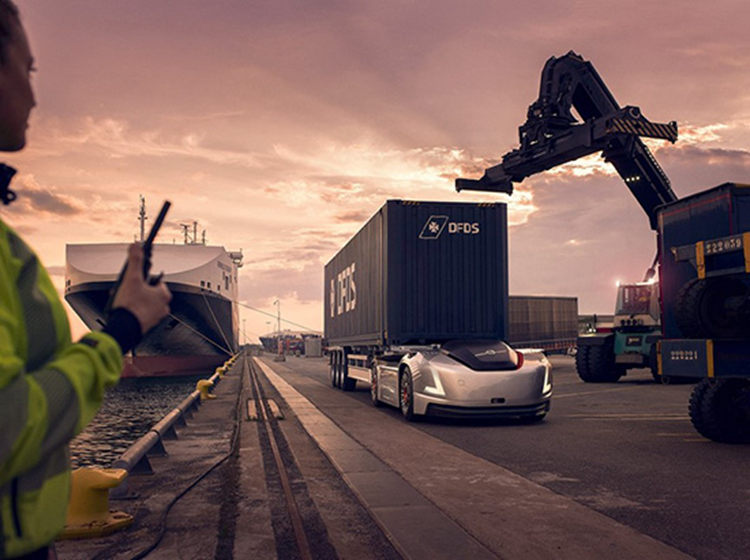
Uzbekistan's annual import volume of electric vehicles has rapidly climbed from more than 100 vehicles in 2020 to more than 1,000 vehicles last year. The country's demand and development of electric vehicles are astonishing, and the growth rate exceeds almost all industries. Chinese electric vehicles are well recognized in the country. Not long ago, 800 second-hand electric buses from China were exported to Uzbekistan. The country has become an emerging market of great concern to second-hand car export companies.
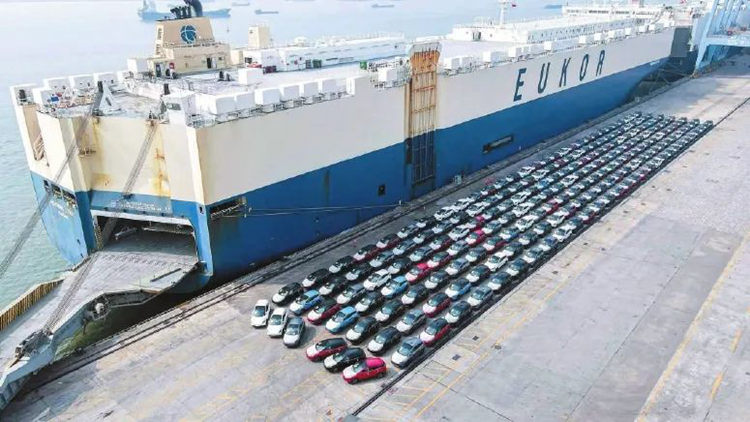
For the sale of second-hand electric vehicles, the quality of after-sales service determines brand reputation and subsequent sales. The China Association of Automobile Manufacturers once pointed out that after-sales service outlets of Chinese car companies have not yet spread all over the world. If users feel bad, it will cause certain damage to the entire Chinese brand. This is also the biggest problem currently facing the export of second-hand cars.
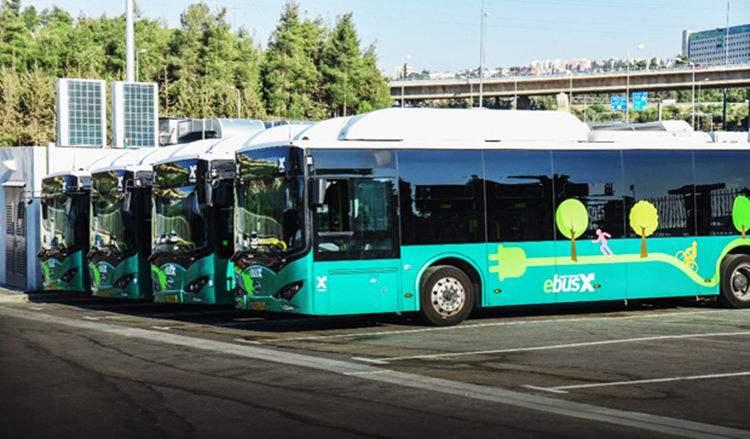
In foreign countries, post-sale services for new electric vehicles sold mainly rely on the manufacturer's service outlets. As long as they are handled by the manufacturer during the warranty period, even second-hand electric vehicles exported from China can be provided by the manufacturer. Service outlets are responsible for after-sales service. Therefore, those Chinese automakers with dense service outlets abroad will have a better after-sales service experience for electric vehicle users, and sales of both new and used cars will be very good. For example, NIO held a press conference at the Templedu Concert Hall in Berlin, Germany last year, and has built NIO centers and NIO spaces in cities such as Berlin, Hamburg, Frankfurt, Dusseldorf, Amsterdam, Rotterdam, Copenhagen and Stockholm.
For the after-sales market of second-hand electric vehicles in most countries, the designated cooperative maintenance outlets of car distribution companies that purchase Chinese second-hand electric vehicles are mainly responsible. Chinese second-hand electric vehicle exporters will definitely assist overseas second-hand electric vehicle buyers to do a good job in the after-sales market. Accessories supply.
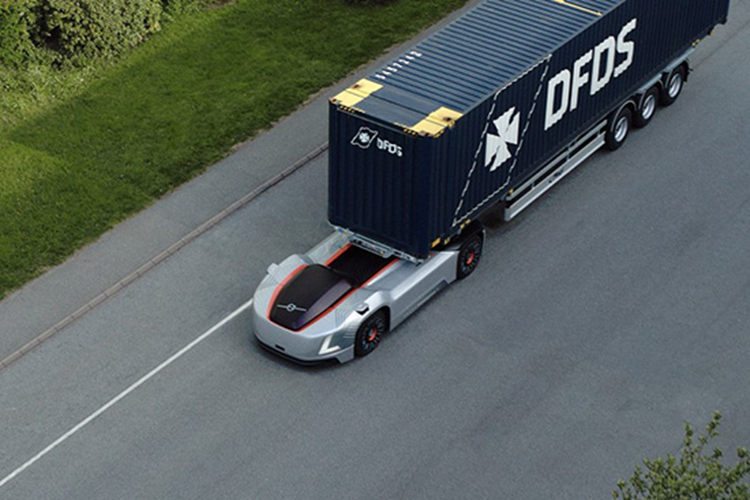
The export of second-hand electric vehicles is growing gratifyingly and has become a highlight in the rapid economic recovery in the new post-epidemic period. China's exports of second-hand electric vehicles are still growing and are even expected to exceed the exports of new vehicles. The current export of used cars is not yet at its peak. The industry is growing rapidly and has not yet formed a complete industrial chain. Especially in terms of brand awareness, there is still a lot of room for development. As second-hand electric vehicle export companies continue to improve resources and introduce new products, China's second-hand electric vehicle export market will become even more prosperous in the future.

